We may earn money or products from the companies mentioned in this post. This means if you click on the link and purchase the item, I will receive a small commission at no extra cost to you ... you're just helping re-supply our family's travel fund.
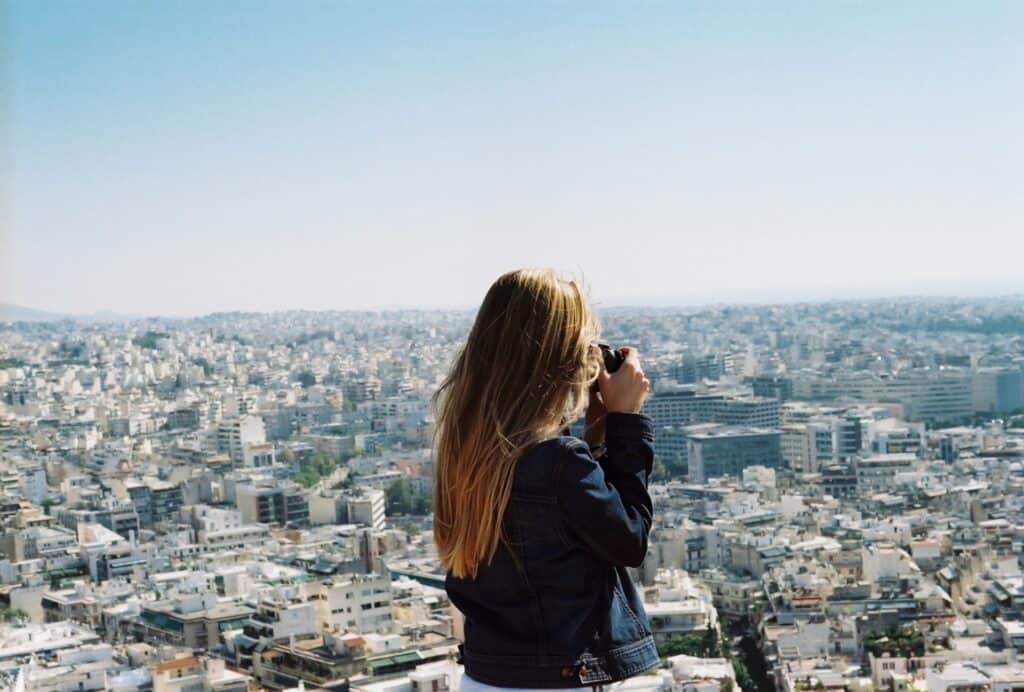
New cities reward attention more than speed. Patterns show up fast if the day starts with a map and a quiet loop. Bus hubs point to busy spines, markets reveal morning energy, and the river or ridge sets the compass. Learn those anchors, then improvise. Landmarks replace pins, errands become routes, and small tools keep pockets light. What this really builds is calm confidence. Missed turns turn into side streets worth knowing, and a weekend stretches into a set of habits that actually travel.
Learn The Grid, Then Its Exceptions
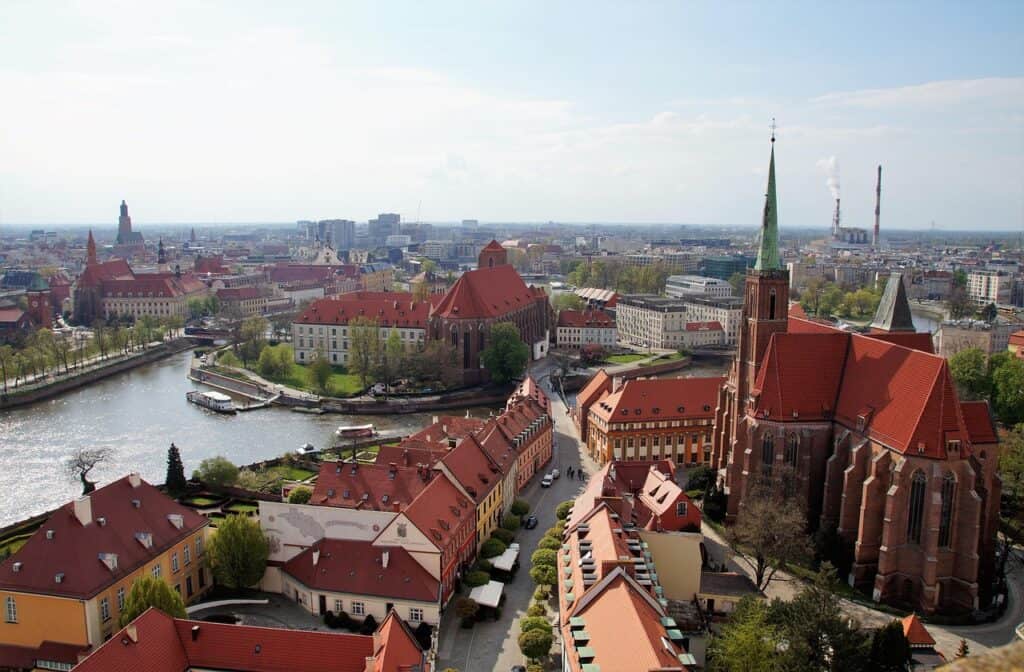
Begin with the big shapes that never move. River, ridge, ring road. Add the diagonal that ruins perfect squares and the old town that bends everything around it. Once that skeleton is clear, addresses stop feeling cryptic and detours feel intentional. A traveler can jump districts without restarting the brain each time. The map becomes a story with chapters, and every quarter opens on its own terms and tempo rather than as a blur of blocks.
Anchor To Transit Spines

Most cities run on a few routes that wake early and sleep late. Metro trunks, tram corridors, frequent busways. Stay within a short walk of one spine and every errand becomes a simple out and back. Stations double as beacons with clocks, light, and people who keep nights practical. With that anchor set, crossing rivers or switching lines moves from gamble to routine. Missed stops cost less, because the backbone is always close enough to find again.
Save Offline Maps And Smart Pins
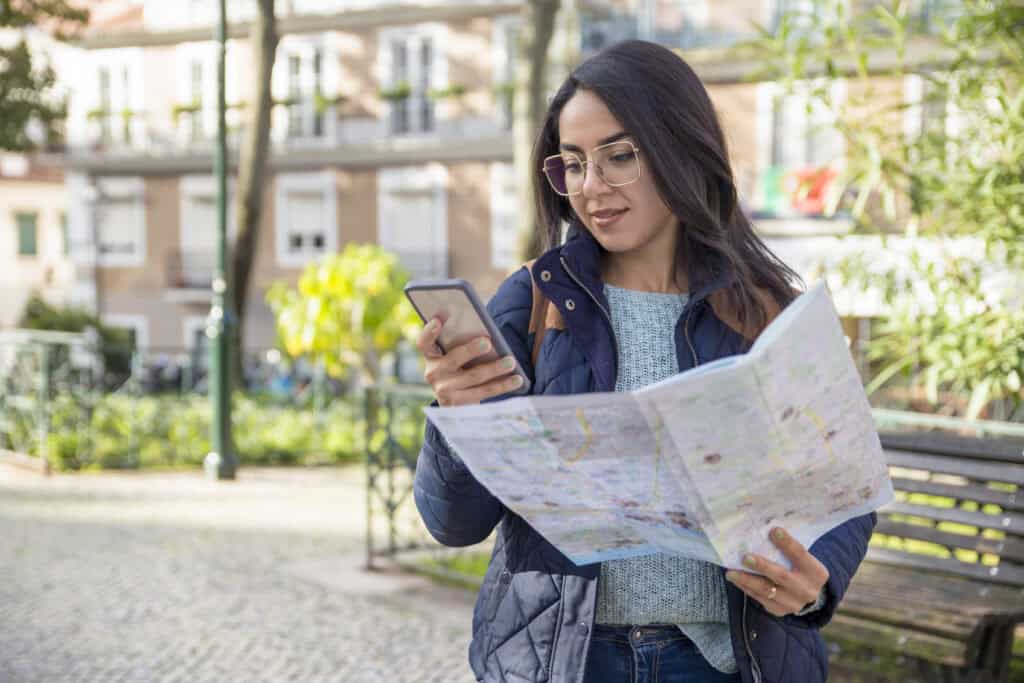
Download maps before signal gets moody and mark essentials with plain names. Market, late cafe, pharmacy, staffed station, taxi stand, public toilets. Keep transit and bike share layers on so choices shrink to a glance. When coverage drops in a tunnel or thick walled block, the route still exists and pace stays calm. Pins become a pocket guide in your own shorthand, which is faster to read than any glossy write up after a long day.
Read Streets At Eye Level
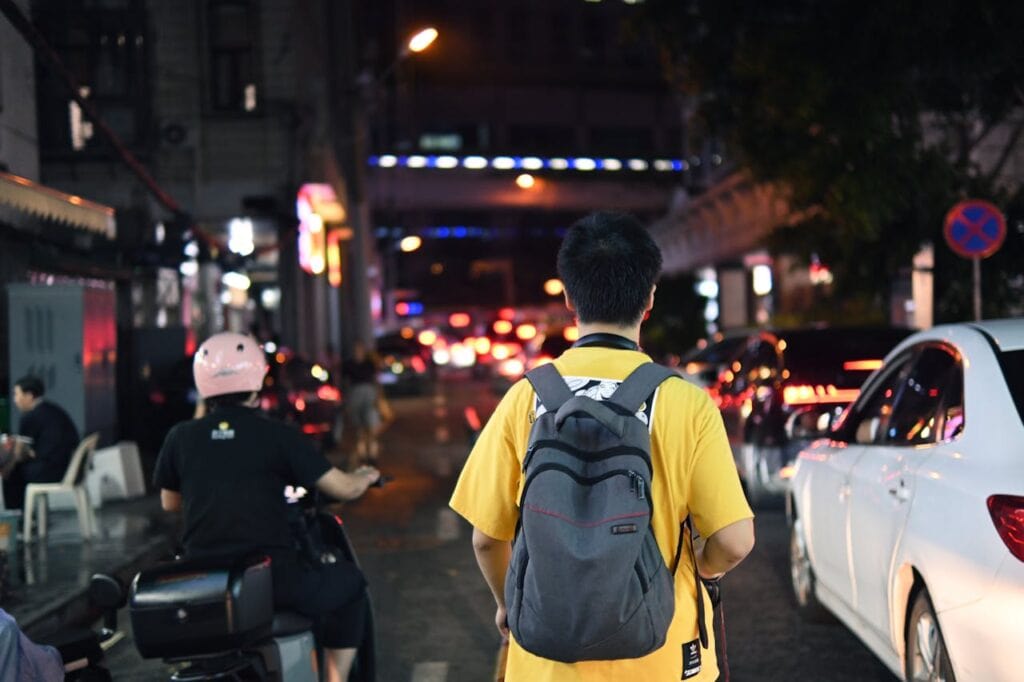
Before committing to a block, take sixty seconds and watch. Count open storefronts, check sightlines, note who uses the space at that hour. Dog walkers, delivery riders, students, night shift crews. A lively sidewalk writes safety in plain language. Corners with multiple exits beat cul de sacs with a single lamp. Let the street vote on the plan, then move with the decision already made. Small early judgments prevent longer backtracks and keep momentum.
Ride A Bus End To End Once
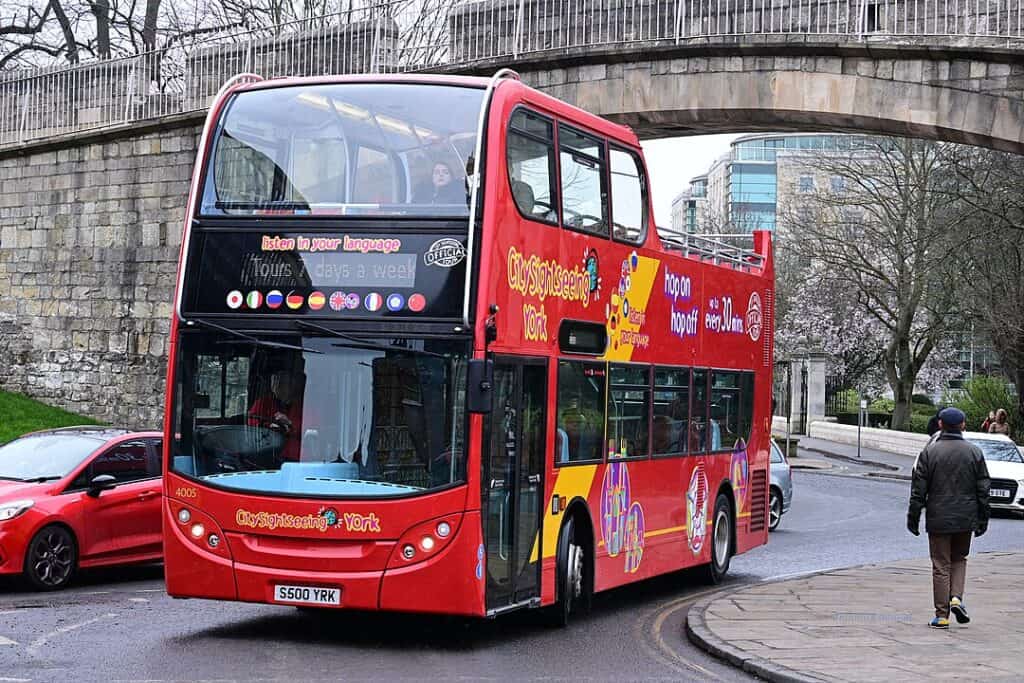
One long ride teaches more than a brochure. Neighborhood names, transfer hubs, and real travel times settle in as the city scrolls by. Landmarks lock from a moving seat and later walks feel pre familiar. It is cheap fieldwork that turns every future trip into a shorter version of something already seen. The route also reveals rush patterns and lunch rhythms, which helps time museums and meals around local flows instead of standing in lines.
Follow Errand Corridors, Not Only Sights
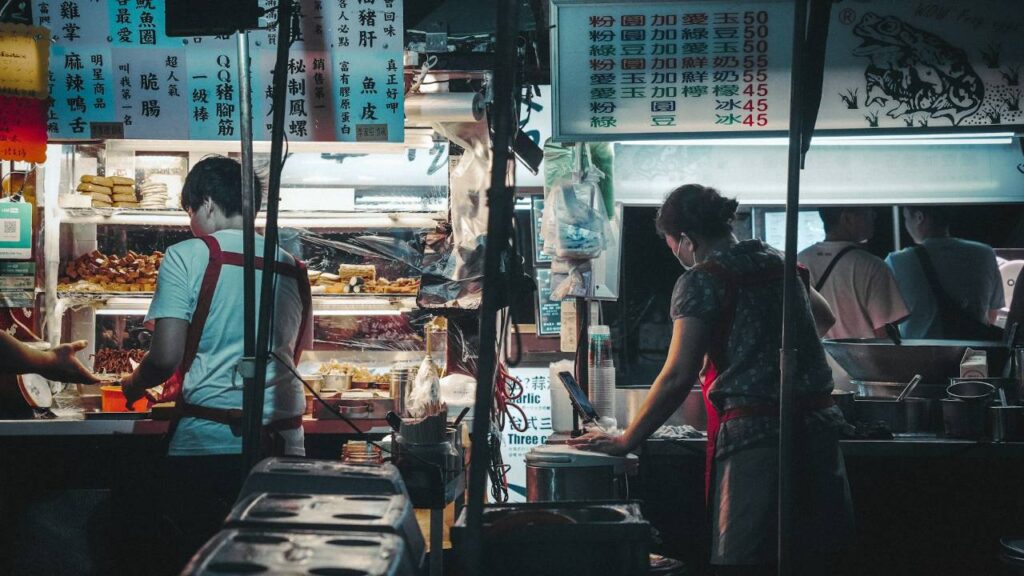
Locals map days by utility. Hardware near produce, key cutter beside cobbler, clinic by tram stop. Walk an errand corridor and you will hear prices, accents, and habits that a postcard route misses. Coffee breaks turn into tiny interviews, and the practical heart of the city comes into focus. Famous sights then fall naturally along paths already useful. The result is a route that feels lived in rather than staged for visitors with a checklist.
Use Landmarks Over Addresses
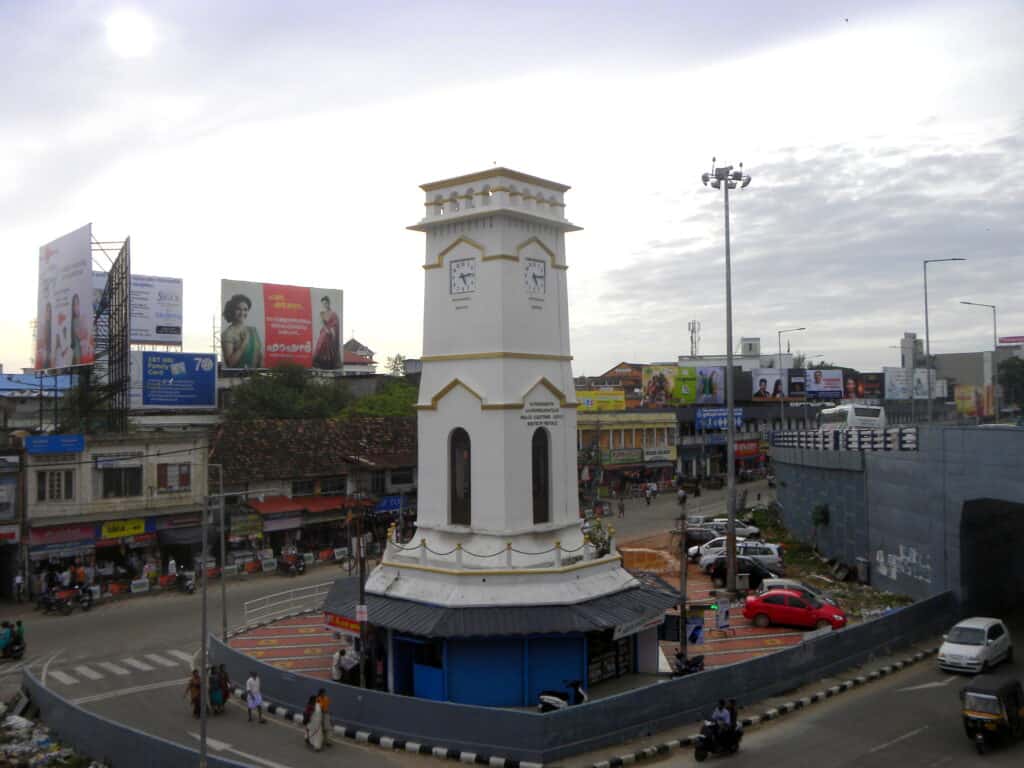
Addresses blur in rain. Landmarks do not. Think left at the clock tower, right after the blue bakery, across the bridge with lions. Sculptures, murals, and odd corner buildings hold orientation when numbers hide. Asking directions with a visible anchor earns faster help, and the route survives even when batteries quit at the worst intersection. Memory sticks to images, not strings of letters, which keeps confidence high when light gets low.
Time Shift To Match Local Pulse
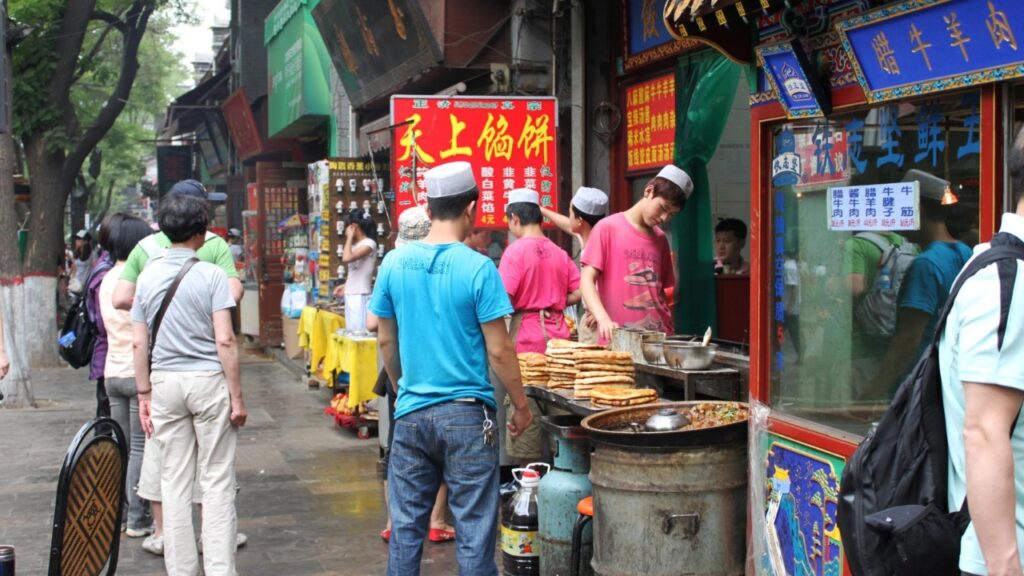
Shape errands to the city’s comfort hours. Morning markets teach prices, late afternoons ease museum queues, evenings give streets back to residents after buses fade. Transit frequency, daylight, and meal customs set the metronome. Moving when locals move brings doors unlocked, service ready, and conversations unstressed. The same map feels friendlier when timing agrees with it, and energy lasts longer when heat or crowds are not the main obstacle.